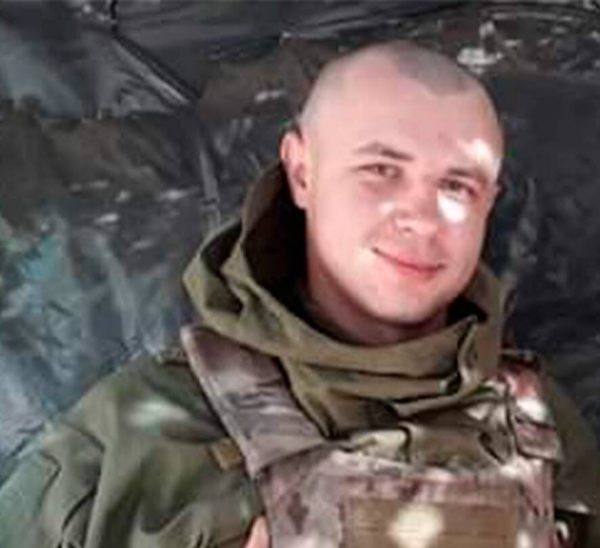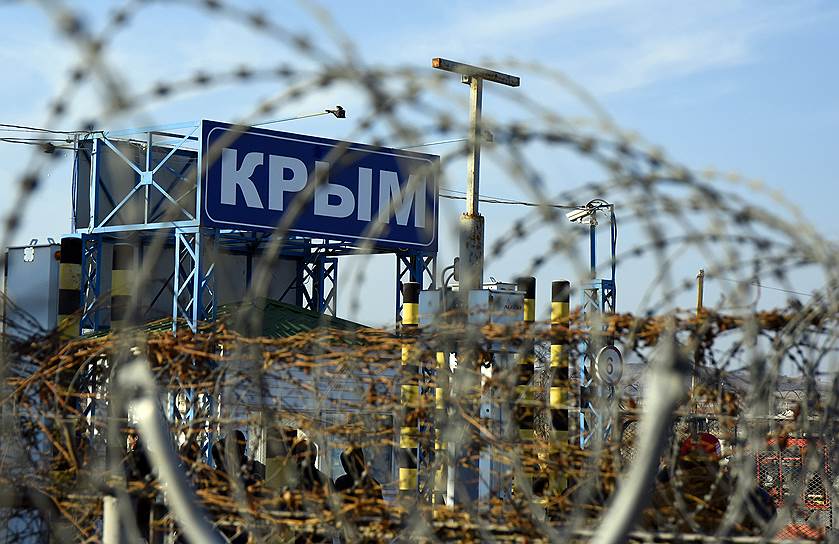In early August, it will be three years since Russia reported that “Ukrainian saboteurs were actively operating in Crimea”. Russian authorities have repeatedly accused Ukrainian nationals of working for the Ukrainian special service (SBU) and preparing terrorist acts in occupied Crimea. However, it was in 2016 that this technology was tested and developed for the first time.
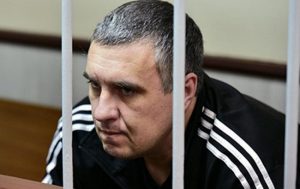
“However, I have this intuitive feeling about the events near Armiansk and I agree with the version that Russian servicemen, who had probably had way too much to drink, shot their comrades and then went AWOL…” wrote Meniaylo.

“Here’s what happened during a military operation in Crimea after the shootout near Armiansk. I got a letter from a friend in Pskov, who reported that many military divisions were being relocated. In particular, he wrote that, in the two weeks preceding the incident, he had seen much more military activity in the 76th Air Assault Division, as well as more soldiers and military equipment arriving at the training grounds. I’d like to quote him directly – “Lots of military vehicles are being brought in from all over the region; I often see them on the roads. And most importantly, the men escorting this military hardware walk through the city with machine guns ready to fire! The last time I saw something like this was in 1993. I believe that the conflict will escalate. They’ve been preparing this for quite some time.”Yuriy Izotov draws attention our attention to the fact that this information was received on August 11, 2016. Since we are talking about the last two weeks before August 11, 2016, it is obvious that preparations for an invasion of Ukraine had started almost ten days before the actual shootout near Armiansk. When Izotov first publicized this information, he started receiving anonymous threats and calls. When he began exposing the activities of the Sverdlovsk Regional Fund for the Disabled and Veterans of the Special Forces, which was actively recruiting men for war in the Donbas, he was verbally attacked by Maksim Mitchin, deputy chairman of the Fund. After that, Izotov was forced to leave Russia. Yuriy Izotov divulged another piece of important information. Working as a volunteer in the territories liberated by the Ukrainian army, he managed to interview several persons who had witnessed the start of the war in 2014.
“Two brothers from Sievierodonetsk, who worked as volunteers with us, told us how the war had been prepared back in February-March 2014, and admitted that at first they even participated in these events. At that time, FSB officers gathered active young people in the cities of eastern Ukraine and trained them for urban warfare and how to seize buildings. The FSB brought local criminals into the ranks of the “republics”, and they were the ones that worked up the crowds at public rallies. According to the brothers, an ex-FSB officer personally sought out such criminal elements and introduced them to the locals. Both Russian security officers and professional soldiers, who had participated in the invasion of Crimea, were part of the training team.”
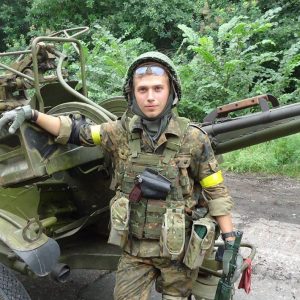
“They told me about torture, beatings and mock executions. In addition, both men witnessed clashes that took place between different armed units of the occupation forces. When some men dared to rise up against the ruling party, they were promptly taken out and shot. The Ukrainian prisoners were in touch with regular Russian soldiers, who readily admitted: “Sorry, guys, we understand perfectly well that we’re occupying your country, but we were forced to fight. If we don’t, we’re labeled as deserters. It’s an order.” They told us that many of their dead were not given a decent burial and it was even forbidden to transport their bodies to Russia. Families of Russian soldiers, whose bodies had been taken back home, received some compensation, while those KIA, which were left unburied somewhere in the Donbas, were officially listed as “missing” or “deserters”. Their relatives didn’t receive any compensation.”
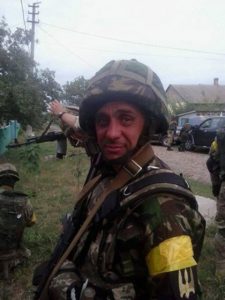
Background information
In August 2016, the FSB announced the arrest of a group of “Ukrainian saboteurs” who had allegedly prepared terrorist acts in Crimea. For some time, Yevhen Panov and Andriy Zakhtey were held in Lefortovo prison in Moscow, and were then transferred to Crimea.
In July 2018, the Russia-controlled Supreme Court of Crimea sentenced Panov to 8 years in a maximum-security penal colony. He refused to cooperate with the investigation and did not admit his guilt in the course of the trial. Zakhtey signed a pre-trial agreement with the investigation committee; he was sentenced to 6 years and 6 months in a maximum-security penal colony and a fine of 220,000 rubles (about $1,700 US).
The Ukrainian authorities deny the Russian accusations and call them provocations instigated by the Russian special service.




